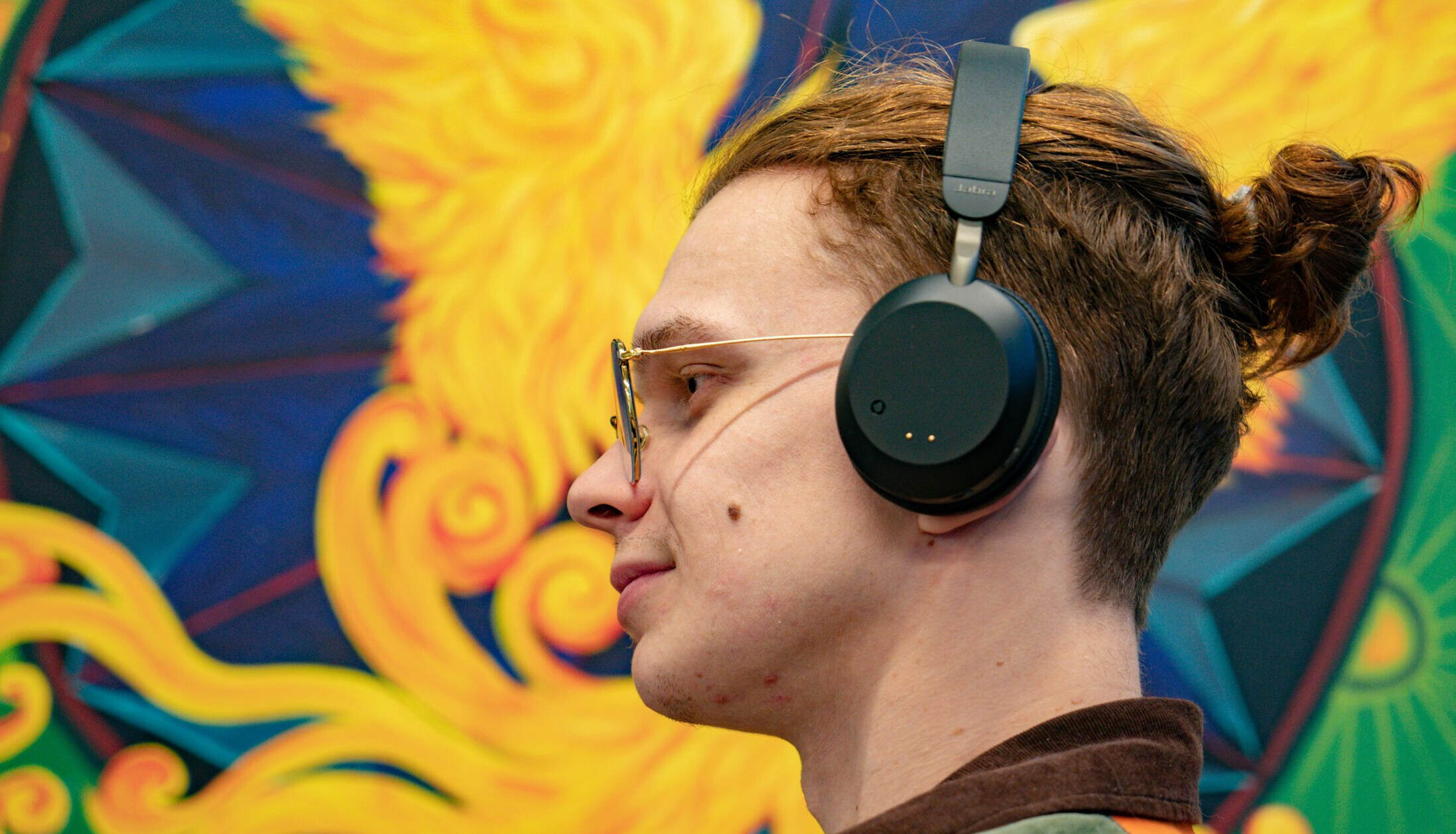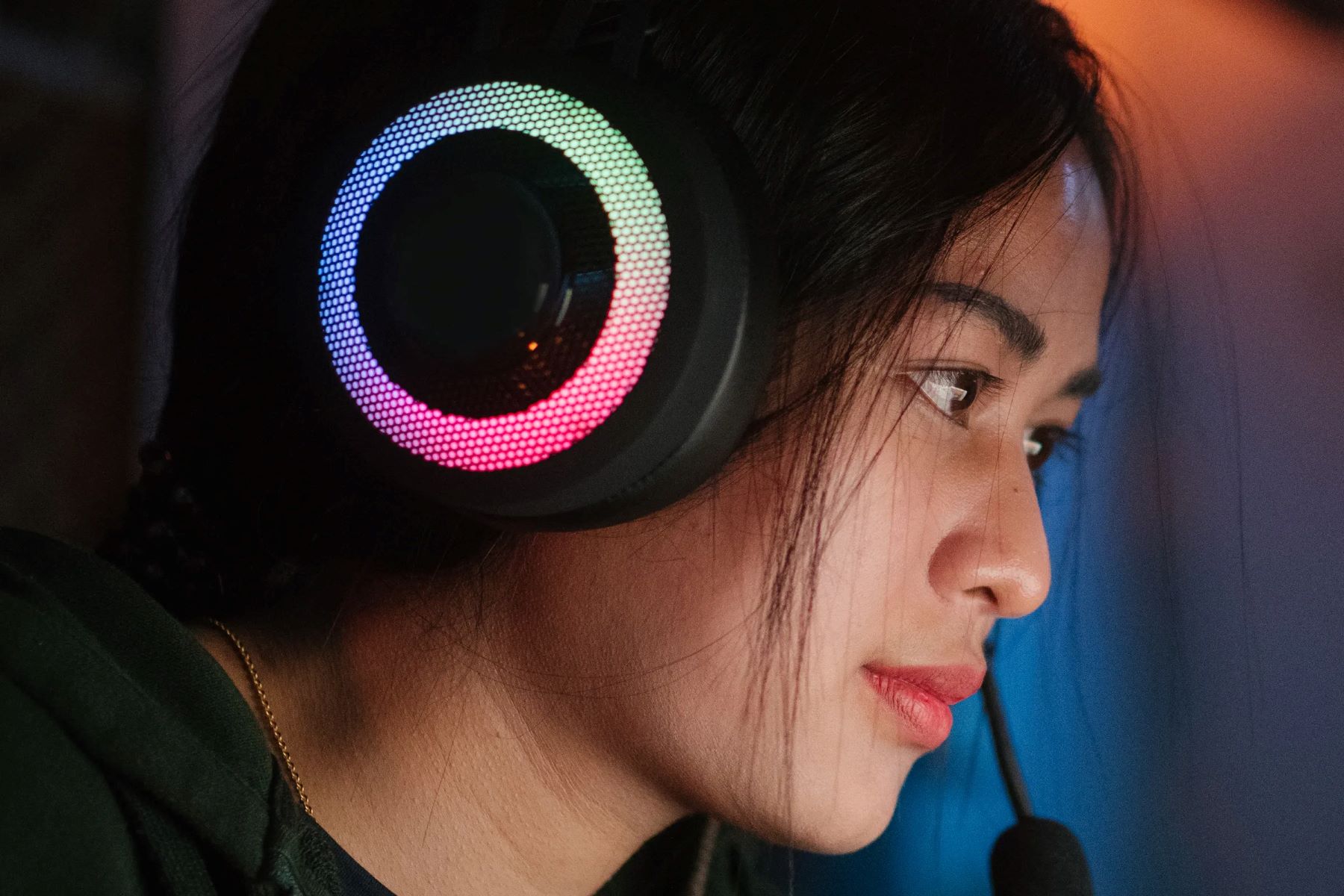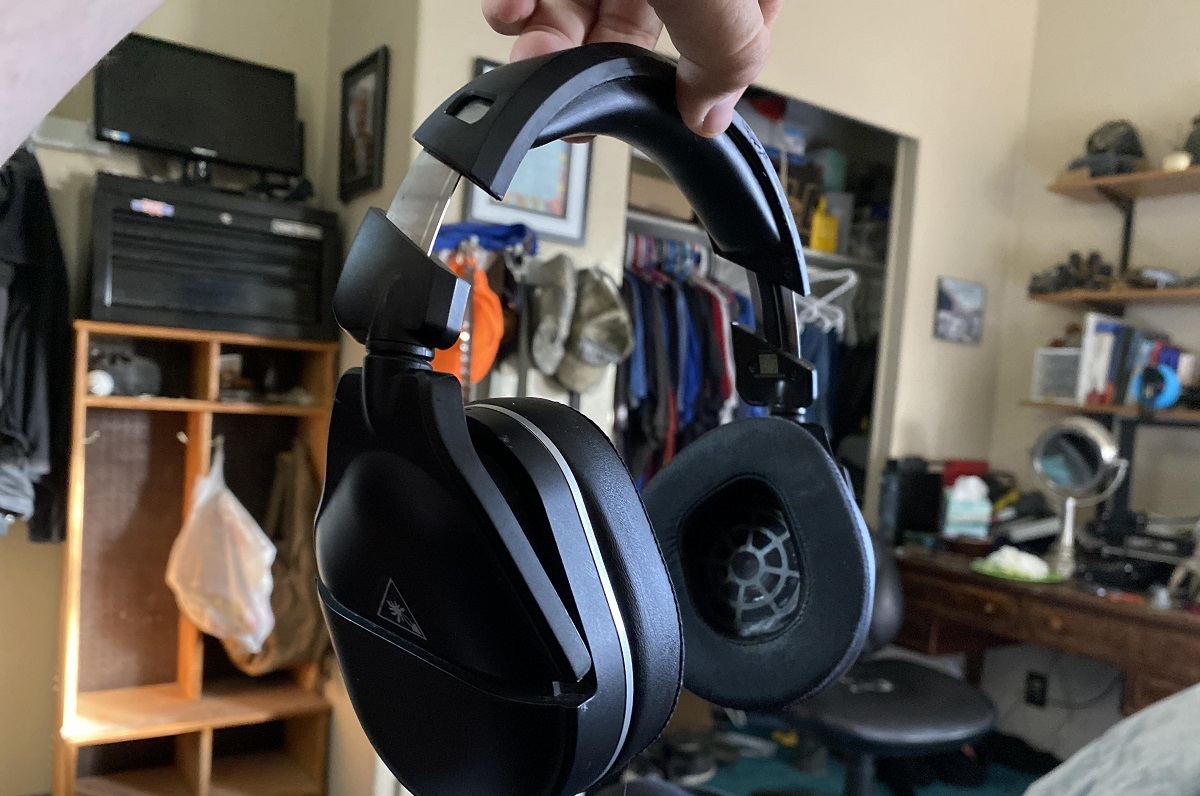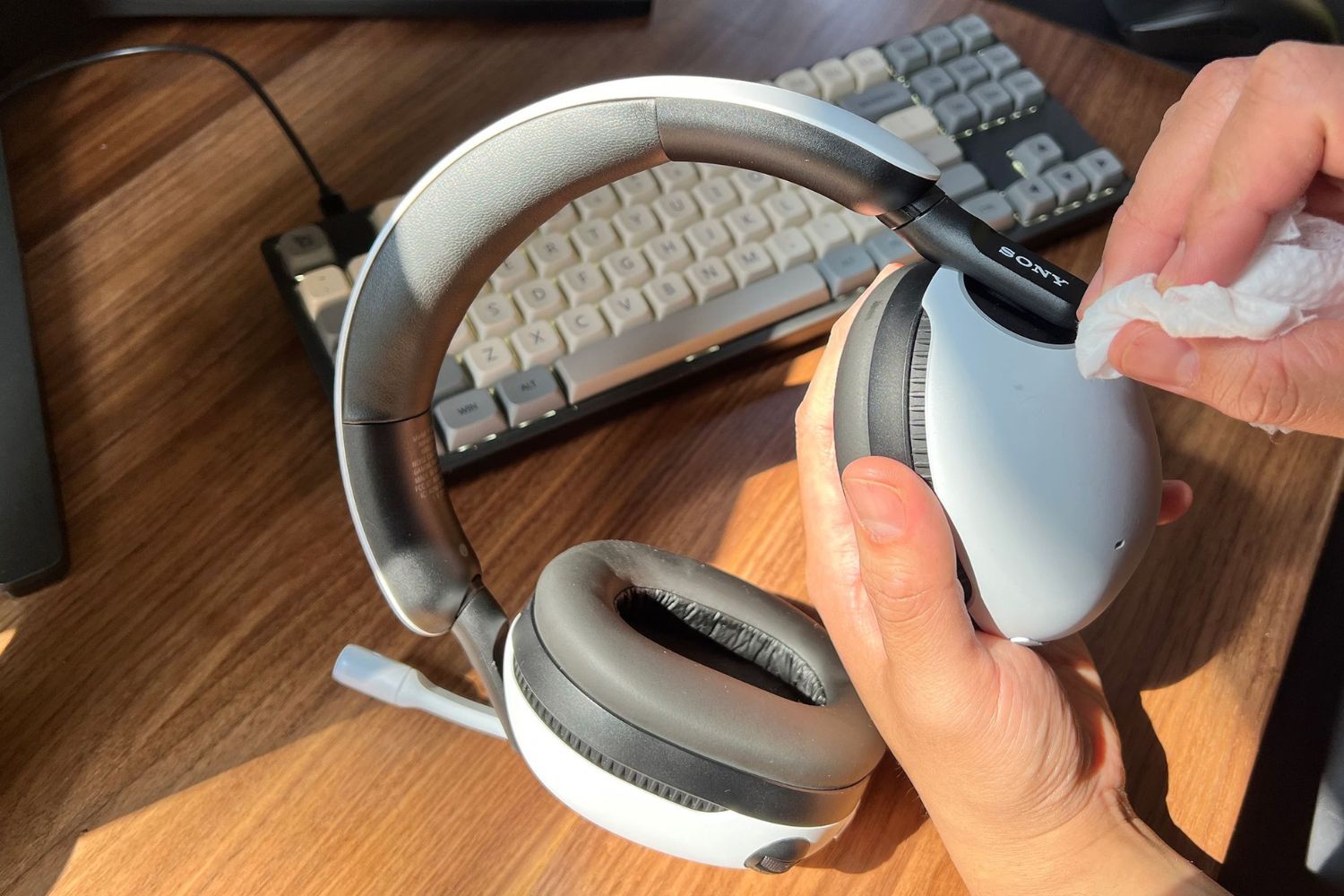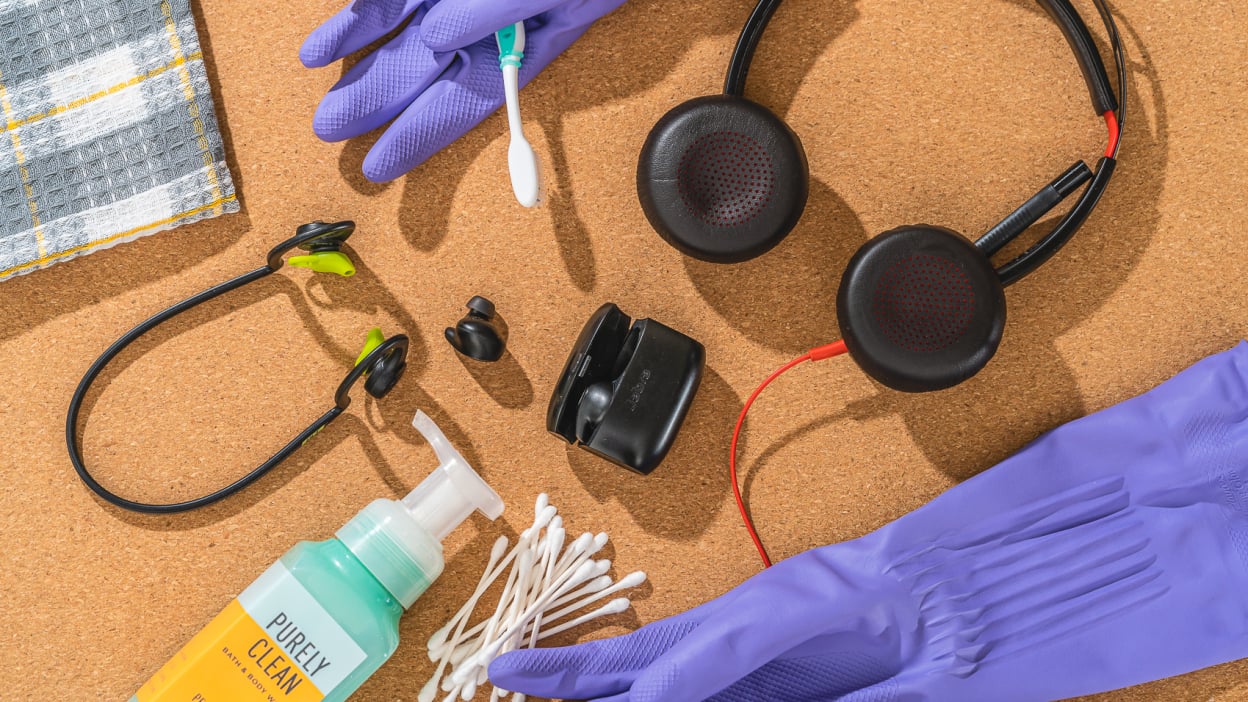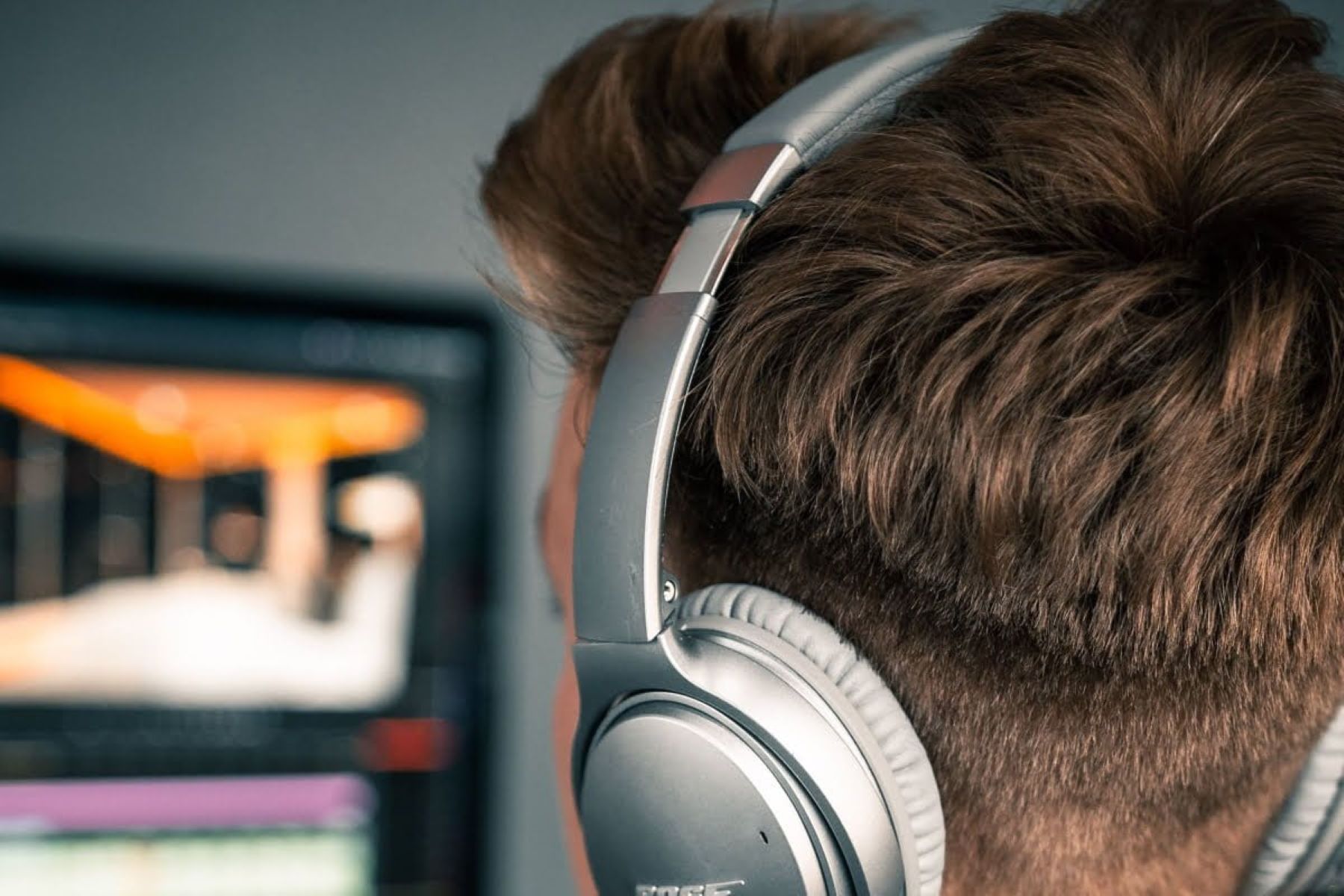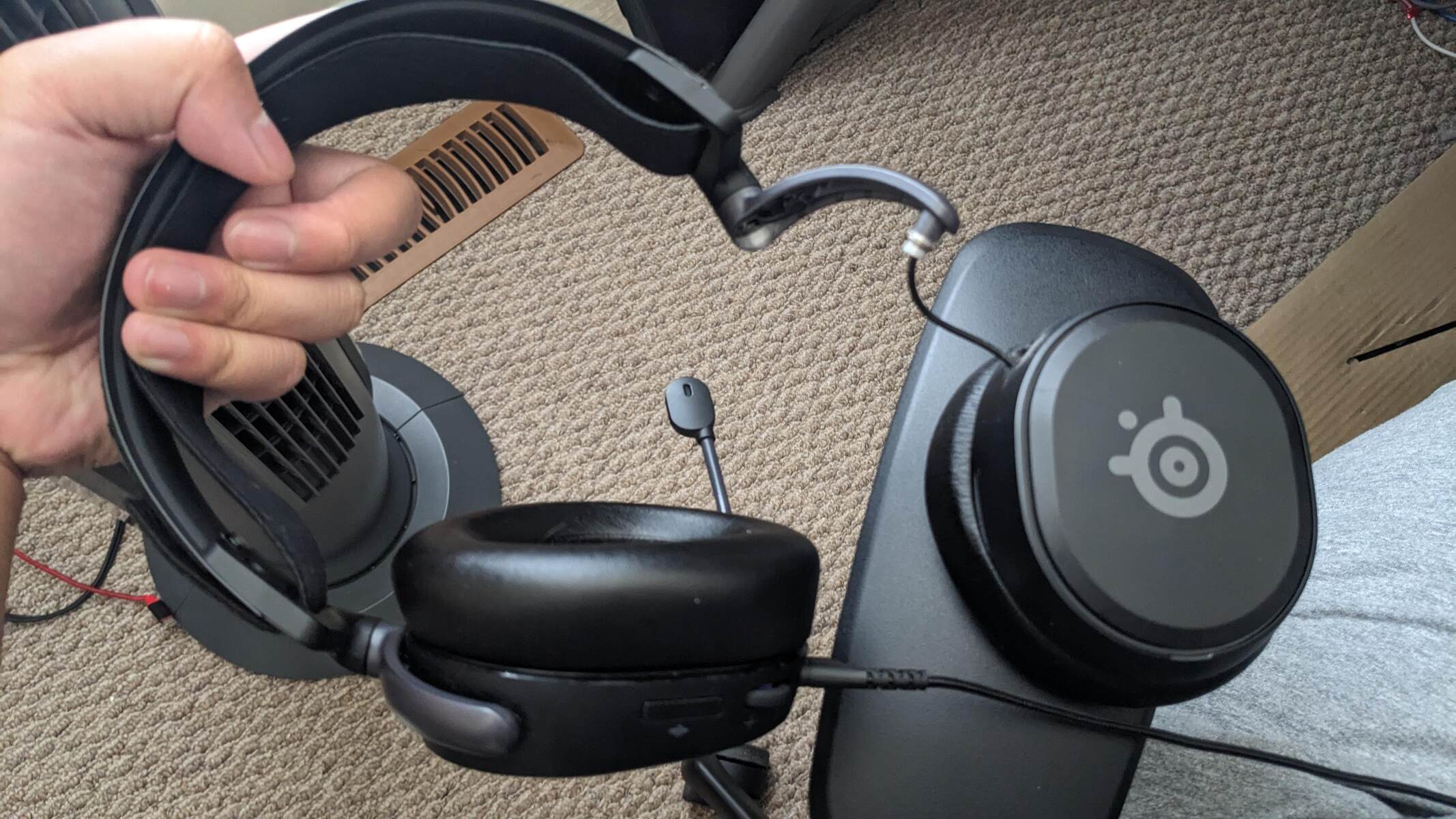Introduction
In today's digital age, headsets have become an indispensable accessory for many individuals. Whether used for gaming, virtual meetings, or listening to music, headsets provide convenience and immersive audio experiences. However, prolonged use of headsets can lead to potential damage to the hair, particularly when worn for extended periods. This issue has garnered attention within the beauty and wellness community, prompting the need for practical solutions to mitigate hair damage caused by headsets.
The friction and pressure exerted by headsets can result in various forms of hair damage, including frizz, breakage, and even hair loss. Furthermore, the materials used in certain headset designs may contribute to tangling and static, further exacerbating the risk of damage. As such, it is essential for individuals to understand the factors that contribute to hair damage from headsets and adopt preventive measures to maintain the health and appearance of their hair.
This article aims to provide valuable insights into the causes of hair damage related to headset usage and offer practical tips to prevent such damage. Additionally, it will delve into the importance of selecting the right headset to minimize the risk of hair-related issues. By equipping readers with this knowledge, they can make informed decisions to safeguard the health and vitality of their hair while enjoying the benefits of using headsets for various activities.
Understanding the impact of headset usage on hair health is crucial in today's tech-centric lifestyle. Through the implementation of preventive measures and informed choices, individuals can strike a balance between technological convenience and maintaining the natural beauty of their hair. As we explore the causes of damage and effective preventative strategies, it becomes evident that proactive steps can be taken to preserve hair health without compromising on the usage of headsets.
Understanding the Causes of Damage
The potential for hair damage resulting from headset usage is rooted in several key factors. Understanding these causes is pivotal in devising effective preventive measures to mitigate the risk of damage. One of the primary contributors to hair damage is friction. When headsets are worn for extended periods, the constant rubbing and pressure against the hair strands can lead to friction-induced damage. This friction may result in hair breakage, split ends, and overall weakening of the hair shaft.
Moreover, the materials used in certain headset designs can exacerbate the risk of damage. For instance, headsets with rough or abrasive surfaces can cause friction against the hair, leading to tangling and increased susceptibility to breakage. Additionally, the presence of metal components or sharp edges on the headset can potentially snag and pull at the hair, causing discomfort and damage.
Furthermore, prolonged use of headsets can lead to the accumulation of sweat, dirt, and oil around the areas where the headset comes into contact with the hair. This buildup can create an environment conducive to bacterial growth, potentially leading to scalp issues such as dandruff or irritation. Additionally, the pressure exerted by the headset on the scalp can impede proper blood circulation, which is essential for maintaining healthy hair follicles.
Another significant cause of hair damage from headset usage is the generation of static electricity. Certain materials commonly found in headsets, such as plastic or synthetic fabrics, can contribute to the buildup of static, leading to hair frizz and tangles. This static-induced damage can be particularly pronounced in dry environments or during periods of low humidity.
Understanding these causes of hair damage from headset usage underscores the importance of implementing preventive measures to safeguard hair health. By recognizing the impact of friction, material composition, sweat buildup, and static electricity, individuals can take proactive steps to protect their hair from potential damage while continuing to enjoy the convenience of using headsets for various activities.
Tips for Preventing Damage
1. Proper Hair Care Routine
Maintaining a healthy hair care routine is essential for minimizing the impact of headset usage on hair. Regularly washing and conditioning the hair can help eliminate sweat, dirt, and oil buildup that may be exacerbated by wearing headsets. Additionally, using a leave-in conditioner or a protective hair serum before donning a headset can provide a barrier against friction and reduce the risk of damage.
2. Adjusting Headset Position
Properly adjusting the position of the headset on the head can significantly reduce friction and pressure on the hair. Placing the headband of the headset slightly behind the hairline, rather than directly on top of the hair, can help distribute the pressure more evenly and minimize friction against the strands. This simple adjustment can alleviate strain on the hair and scalp, thereby reducing the risk of damage.
3. Limiting Duration of Use
Limiting the duration of headset usage can also contribute to preventing hair damage. Taking periodic breaks from wearing the headset allows the hair to recover from the pressure and friction exerted during prolonged use. Additionally, alternating between different styles of headsets, such as over-ear and on-ear designs, can help distribute the pressure on different areas of the scalp, reducing the likelihood of localized damage.
4. Choosing Hair-Friendly Materials
Opting for headsets with hair-friendly materials can significantly mitigate the risk of damage. Headsets with cushioned or padded headbands and ear cups made from smooth, non-abrasive fabrics can minimize friction and reduce the potential for tangling and breakage. Furthermore, selecting headsets with adjustable and flexible components can help achieve a comfortable fit without compromising hair health.
5. Hair Protection Accessories
Using hair protection accessories, such as silk or satin headscarves or bonnets, can provide an additional layer of protection against friction and pressure from the headset. Wrapping the hair with a silk scarf before wearing the headset can help reduce friction and static, preserving the smoothness and integrity of the hair.
6. Regular Hair Trims
Regular hair trims are essential for preventing and managing split ends, which can be exacerbated by headset usage. Trimming the hair every few months helps maintain its overall health and reduces the risk of split ends and breakage. By keeping the hair ends tidy and healthy, the impact of friction and pressure from headsets can be minimized.
7. Hydration and Nutrition
Ensuring proper hydration and a balanced diet rich in essential nutrients, such as vitamins A, C, and E, as well as biotin and omega-3 fatty acids, is crucial for maintaining the overall health of the hair. Well-nourished hair is more resilient against external stressors, including friction and pressure from headsets. Additionally, staying hydrated supports optimal scalp health, contributing to the vitality of the hair.
By implementing these preventive tips, individuals can effectively safeguard their hair from the potential damage associated with prolonged headset usage. These practical strategies empower individuals to enjoy the benefits of using headsets while prioritizing the health and beauty of their hair.
Choosing the Right Headset
Selecting the right headset is paramount in mitigating the risk of hair damage while ensuring a comfortable and enjoyable audio experience. When choosing a headset, several key factors should be considered to minimize the potential impact on hair health.
1. Headband Design
Opt for headsets with a headband design that prioritizes comfort and hair protection. Look for headbands with ample padding and a smooth, non-abrasive surface to minimize friction against the hair. Adjustable headbands that allow for a customized fit without excessive pressure on the scalp are also beneficial in reducing the risk of damage.
2. Material Selection
Consider the materials used in the construction of the headset, particularly the headband and ear cup cushions. Opt for headsets with cushioning made from soft, hair-friendly materials such as memory foam or velour. These materials reduce friction and minimize the potential for tangling and breakage, enhancing overall hair protection.
3. Ear Cup Size and Shape
The size and shape of the ear cups can impact the pressure exerted on the hair and scalp. Over-ear designs that encompass the ears without pressing against the hair are preferable, as they distribute the weight of the headset more evenly. Additionally, ear cups with ample space can accommodate various hair textures and styles without causing discomfort or compression.
4. Adjustable Features
Look for headsets with adjustable features that allow for a customized and secure fit. Adjustable headbands and swiveling ear cups enable users to achieve an optimal position without compromising comfort or hair health. The ability to adjust the headset to suit individual head shapes and sizes minimizes the risk of excessive pressure and friction on the hair.
5. Wireless Options
Consider opting for wireless headsets to eliminate the presence of cords that may inadvertently tangle with the hair. Wireless designs provide freedom of movement without the risk of hair entanglement, offering a convenient and hair-friendly audio solution.
6. Lightweight and Ergonomic Design
Prioritize lightweight and ergonomic headset designs that reduce overall pressure on the head and hair. Lightweight headsets minimize strain on the scalp and hair follicles, while ergonomic designs ensure a comfortable fit that minimizes friction and discomfort.
By carefully considering these factors when choosing a headset, individuals can proactively minimize the risk of hair damage while enjoying the benefits of high-quality audio experiences. Selecting a hair-friendly headset contributes to the overall well-being of the hair and scalp, aligning with the goal of maintaining healthy and vibrant hair in the midst of modern technological advancements.
Conclusion
In conclusion, the potential for hair damage resulting from prolonged headset usage is a significant concern in today's tech-driven society. The causes of damage, including friction, material composition, sweat buildup, and static electricity, underscore the need for proactive measures to safeguard hair health. By understanding these factors, individuals can implement practical tips to prevent damage, such as adjusting the headset position, limiting usage duration, and choosing hair-friendly materials.
Furthermore, the selection of the right headset is crucial in minimizing the risk of hair damage. Considering factors such as headband design, material selection, ear cup size and shape, adjustable features, wireless options, and ergonomic design can significantly contribute to maintaining hair health while enjoying the benefits of audio technology.
By prioritizing a proper hair care routine, utilizing hair protection accessories, and ensuring hydration and nutrition, individuals can fortify their hair against the potential effects of prolonged headset usage. These preventive strategies empower individuals to strike a balance between technological convenience and the preservation of their hair's natural beauty.
Ultimately, the goal is to equip individuals with the knowledge and tools necessary to enjoy the benefits of using headsets while safeguarding the health and appearance of their hair. By fostering awareness and implementing preventive measures, individuals can embrace modern technology without compromising their hair's vitality.
As we navigate the digital landscape, it is essential to recognize the impact of technological accessories on personal well-being, including hair health. Through informed choices and proactive measures, individuals can harmonize their technological pursuits with the maintenance of healthy, vibrant hair. By prioritizing hair care in the context of headset usage, individuals can embrace the advancements of the digital era while preserving the natural beauty of their hair.









